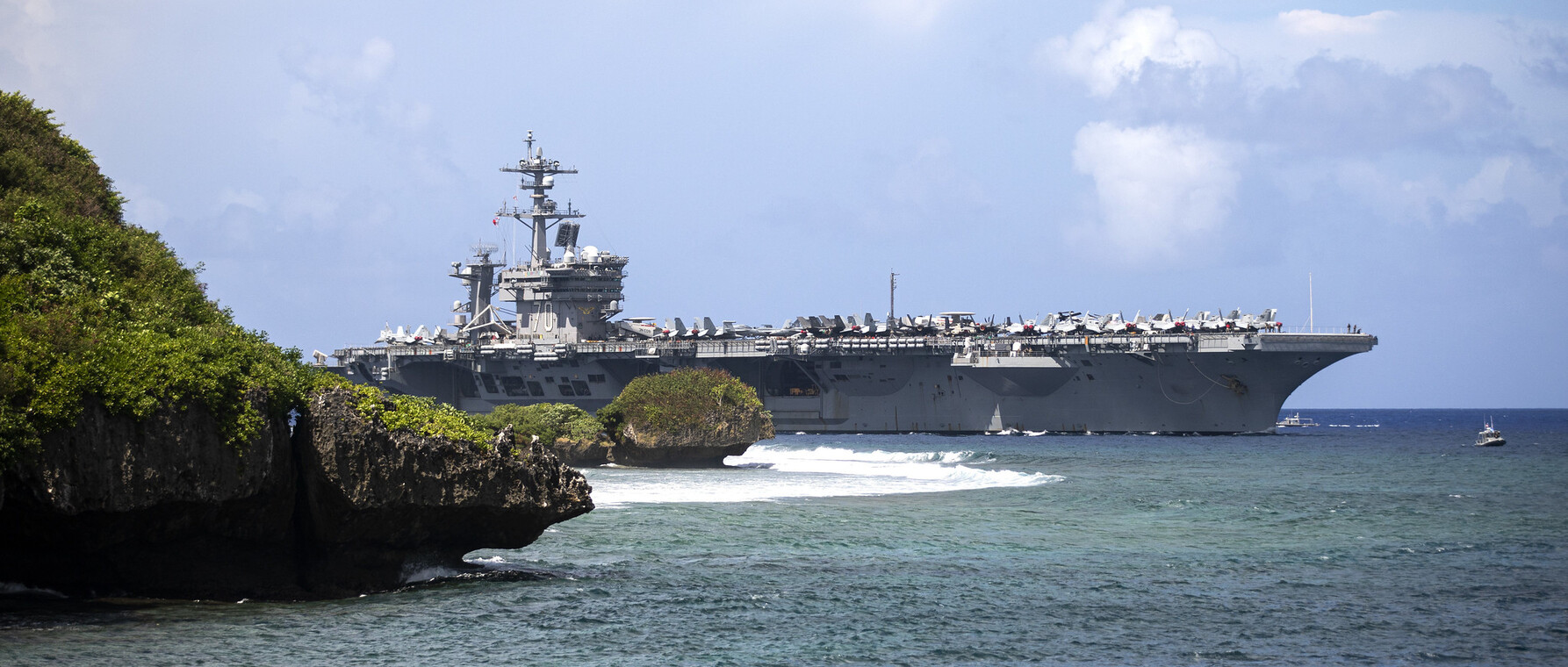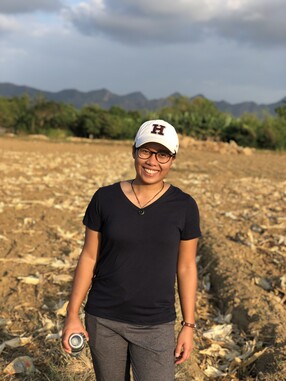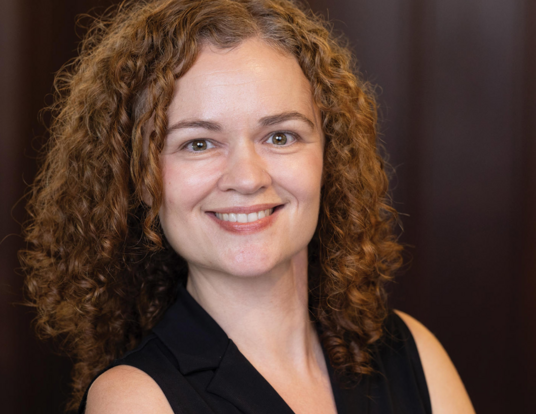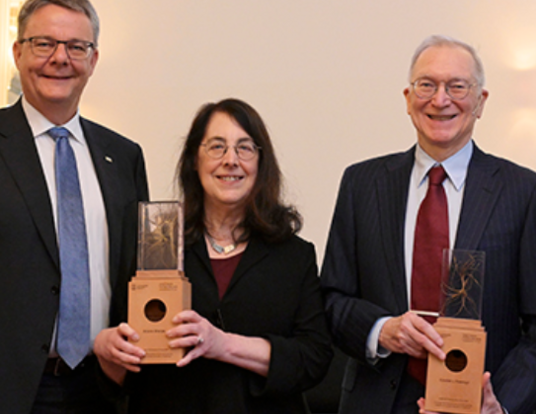Relations—and Resistance—in the Face of Colonialism
Putting the indigenous and Filipino populations at the center of the history of Guam

Research at Risk: Since World War II, universities have worked with the federal government to create an innovation ecosystem that has yielded life-changing progress. Now much of that work may be halted as funding is withdrawn. Find out more about the threats to medical, engineering, and scientific research, as well as how Harvard is fighting to preserve this work—and the University's core values.

As a third-generation Filipina growing up on the island of Guam, Kristin Oberiano found much of the history taught in her school textbooks was not geared to the perspective of the people of Guam.
“When I was growing up in Guam, I realized that a lot of history that was being told about the island was not recognizable to the people who lived there,” says Oberiano, who graduated from GSAS in the fall of 2021 with a PhD in history. “When I decided to become a historian, I wanted to write a history of Guam that is recognizable.”
Oberiano says that, because of its size and remote location in the Pacific, Guam is often seen as important only in the context of its ties to the US, which annexed the island as a territory following the Spanish-American War and now uses it to host a military base. Her dissertation, “Territorial Discontent: Chamorros, Filipinos, and the Making of the United States Empire on Guam,” centered Chamorros, the indigenous people of Guam, and Filipinos in the historical narrative.
“Generally, in Guam, there’s this mindset—it’s not shared by everyone—that the island is small or insignificant, and its significance is tied to whether or not it can provide a safe place for the US military,” Oberiano says. “When I tell this history, it’s from a different perspective. What can we see from people living in Guam? How does that change our perception of the island’s significance? It’s not the United States making Guam important. It’s Guam making the United States important by enabling it to project its power into Asia.”
Oberiano was fascinated by Filipino and Chamorro relations at the turn of the 20th century. At that time, the US was suppressing a revolution in the Philippines just as it was establishing a naval force on Guam. It decided to use its island territory as a place of exile.
“During those five years, the United States decided that it should deport some of the most influential men in the Filipino revolution to Guam,” she says. “Some of the most famous Filipino revolutionaries were friends with the elite Chamorro families on the island. They were probably talking about politics, about transitions of power.”
Oberiano says that this moment was striking because it showed discussion between colonies rather than between a colony and their host country. She says her research reveals much about the relationship between Filipinos and Chamorros on Guam.
“I have a line somewhere in the dissertation where it says, ‘Throughout the 20th century, the relationships between Chamorros and Filipinos have been joyous, tense, complicated, and messy,’” Oberiano says. “There are times in which the solutions to empire for Chamorro people are at odds with the solutions to empire for Filipino people. But these tensions are facilitated and exacerbated by the structures of empire, whether it be militarization or unequal rights. Knowing this can help us to reconfigure how we think about interracial tensions, that is moving beyond the ‘blame game’ to a potent critique of imperialism.”
When I was growing up in Guam, I realized that a lot of history that was being told about the island was not recognizable to the people who lived there. When I decided to become a historian, I wanted to write a history of Guam that is recognizable.
—Kristin Oberiano
Oral histories conducted with the people of Guam make up a substantial portion of Oberiano’s research. She says the island’s small population, its kinship networks, and its local identity made it convenient for her to talk to her own family and family friends about their histories—and to incorporate that data into her dissertation. “It would be something as simple as saying, ‘Grandma, can you tell me how you came to Guam,’ or ‘Uncle, I know your dad was this historical figure, can you tell me a little bit more about his path toward becoming a political figure,’” she says.
During her research, Oberiano won a Fulbright Scholarship to conduct nine months of archival work in the Philippines. The COVID-19 pandemic cut her plans short. “Nine weeks into it, Fulbright called all of its scholars back home and I end up going back to Guam,” she says. “That curtailed the Philippine archival research of my project.”
Despite the loss of time overseas, Oberiano was able to finish her dissertation with the existing and extensive work she had completed in archives on Guam. She says she hopes her research will enable people to see US history from a different perspective.
“I want my research to be an example of how to write a history of the United States empire from the vantage point of those who live on the islands that remain colonies,” she says. “When we write from that point of view, we can tell grounded stories of the sometimes abstract power that the US maintains globally. For those on Guam, I hope my work is a history of the island that we all recognize and know.”
Photo courtesy of Kristin Oberiano; Banner courtesy of Flickr
Get the Latest Updates
Join Our Newsletter
Subscribe to Colloquy Podcast
Simplecast





